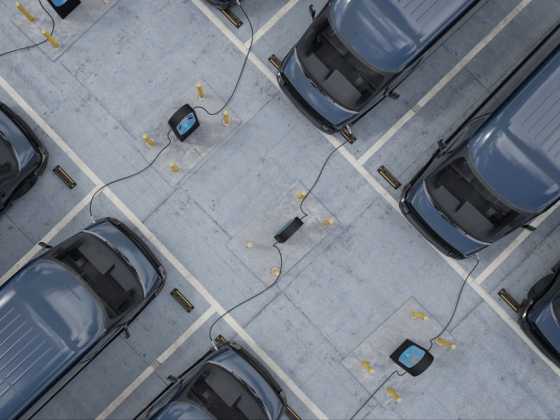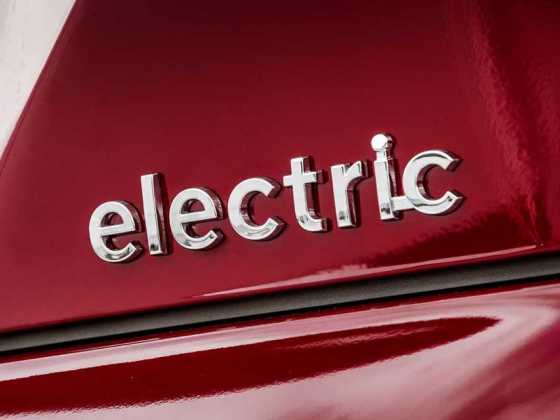Price difference between electric and ICE vehicles falls

The price difference between battery electric vehicles (BEV) and internal combustion engined (ICE) models has fallen from 51% in 2018 to 18% in 2024, according to a new report from Jato Dynamics.
This was caused by declining prices of BEVs (-11%) and rising prices for ICE vehicles (+14%).
Within the Eurozone, the additional cost of a BEV over an ICE vehicle has dropped from 53% in 2018 to 22% in 2024. The average price of a BEV in the region has dropped by 15%, while the average cost of an ICE has risen by 7%.
Similarly, in the US the BEV-ICE price gap dropped from 53% in 2018 to 15% in 2024. However, in this case, the price of ICE vehicles did not increase, while the cost of BEVs in US dollars declined by 25%.
“The narrowing of the BEV-ICE price gap cannot only be attributed to the availability of cheaper BEVs on the market. Although carmakers’ electric
offerings are improving in terms of both quality and affordability, ICE cars have risen in price overall,” commented Felipe Munoz, Global Analyst at JATO Dynamics.
“This is a result of factors such as increased regulation, stricter standards and the introduction of more high-tech features, all of which have combined to hike the final retail price of these vehicles. In the meantime, electric cars have benefitted from lower battery costs, which has caused BEV prices to decline,” Munoz continued.
However, the contrast between the situation in the West and China is stark. Within the Eurozone, the average retail price of a BEV was 118% higher than in China in 2018. In 2024, this figure totalled 111%. A similar situation has played out in the UK, where the price gap increased from 100% to 122% over the same period. In the US, the gap decreased from 125% to 109%.
This means that China is moving faster than the West to develop more affordable BEVs. As countries across the globe shift from fossil fuels to cleaner sources of renewable energy, China’s competitiveness in the electric vehicle market puts it in a commanding position.
“China is already one of the major players in the automotive space, and this is not something that is going to change any time soon. After all, a Chinese BEV is likely to be more appealing to consumers than a comparable model from a Western automaker, simply due to the enormous price difference,” Munoz concluded.



